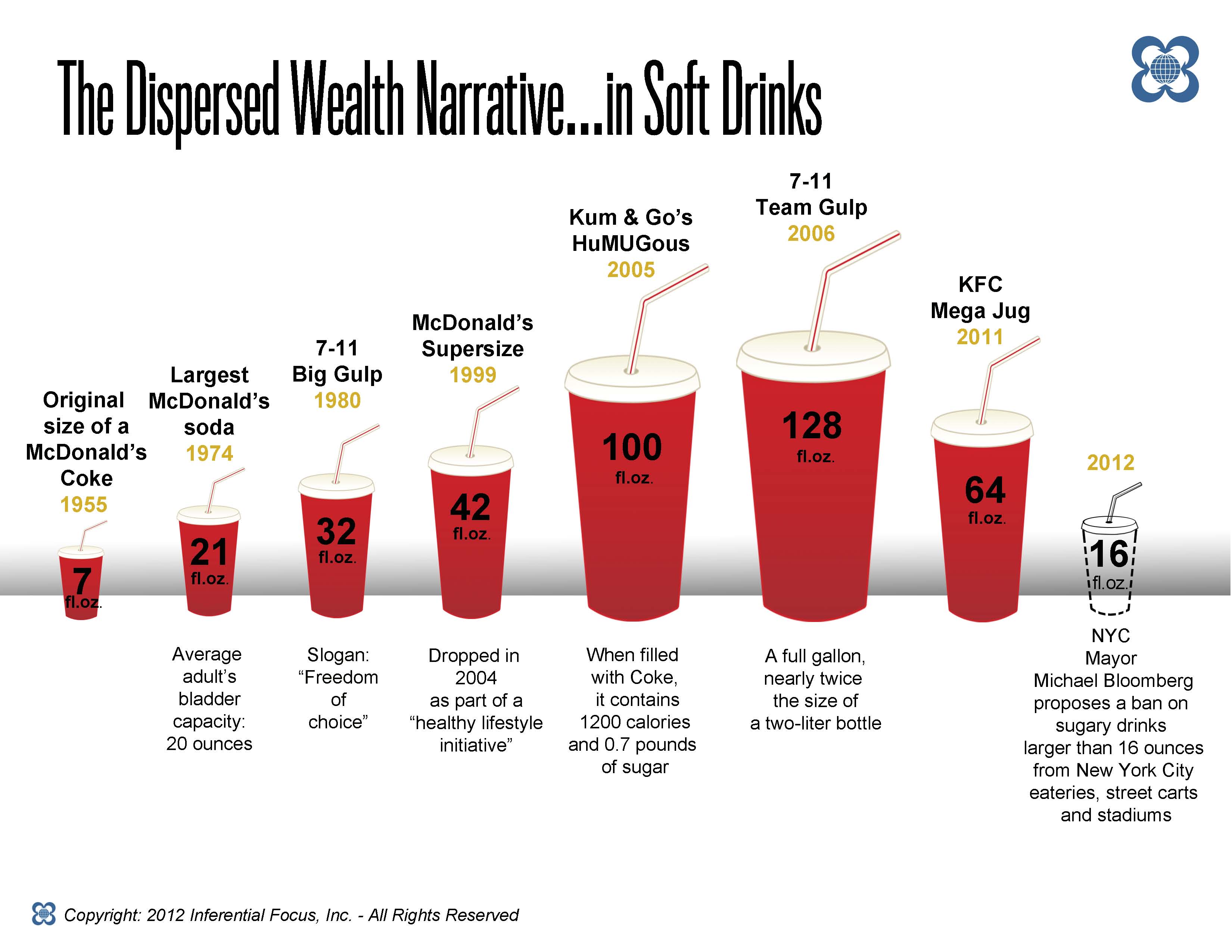For home builders the message from the market is clear: it is now go multi-generation, go micro, or get stuck with investory.
With one quarter of 25-to-34 year olds living with their parents, multi-generation homes are becoming more practical for many families. In the U.S. as a whole, the number of 25- to 34-year olds owning homes dropped 12 percent from 2005 to 2010. Fifteen percent in that age group can’t find work.
Some home builders are responding to the new marketplace. Last year, Lennar Corp introduced a “Next Gen” model, calling it a “home within a home” – houses that feature a completely separate unit with its own kitchen, bathroom, bedroom and living area, and its own entrance, attached to the main house via a double door similar to adjoining hotel rooms. Said Lennar’s western U.S. president, “We can’t build them fast enough,” while noting that most buyers were primarily families with either grown children or elderly parents living in the attached unit.
While some houses are getting larger to better accommodate more family members, there is also a demand for smaller homes, and in some cases, much smaller. In 2008, for the first time in at least 10 years, the average square footage of single-family homes under construction significantly shrank, from 2,629 square feet in the second quarter to 2,343 square feet in the fourth.
Those are mansions, however, compared to the new properties popping up in cities like San Francisco, Boston, and New York City. The new “micro” apartments being built in these cities range between 225 and 350 square feet. A 24-unit, four-story building in San Francisco’s South of Market (SoMa) neighborhood, will be comprised of 300-square foot apartments, which come fully furnished with compact features such as a dining-room table that folds out into a bed.
As we have recently written in the context of what we call the consumer’s new Values Hierarchy, individuals and families are looking for homes closer to work, shopping, entertainment and other forms of civil and social engagement. They will also be looking for the kind of connectivity that multi-generational homes can provide. The demand is there, can home builders fill it?

 Filed Under:
Filed Under: 
